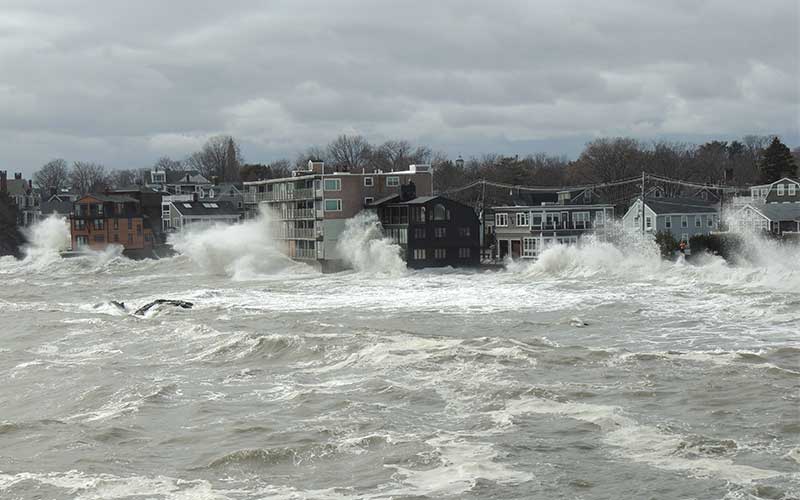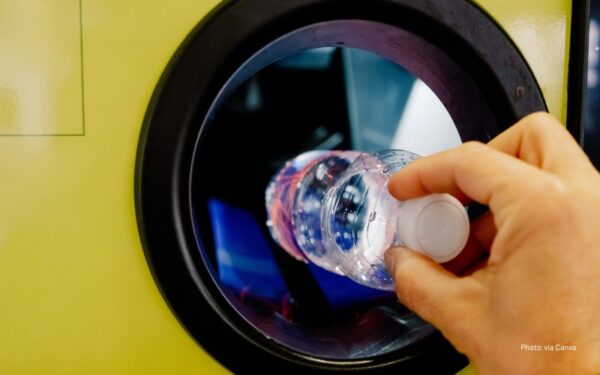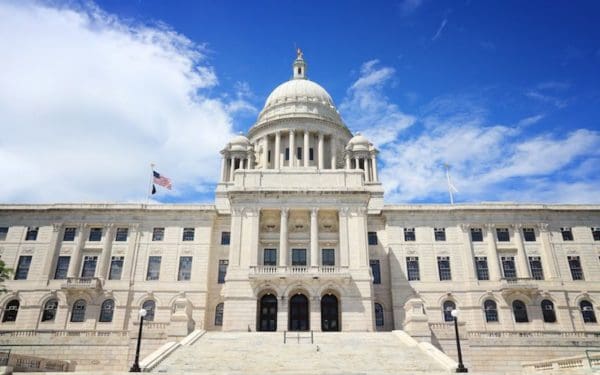
Climate change will bring more frequent and intense storms and extreme heat. Boston can help its residents prepare by prioritizing the creation of climate resilience hubs in vulnerable neighborhoods. Photo: Erik K. Smith via Shutterstock
Now and in the coming years, the City of Boston faces scorching hot summers and dangerous flooding from more intense storms. By 2070, Boston is expected to experience at least three feet of sea level rise and nearly twice the number of summer days above 90 degrees. Not only does Boston need to invest in physical infrastructure to protect its waterfront communities and cool its street, but it also must prepare its people and neighborhoods.
Neighborhood institutions like schools, places of worship, community centers, and libraries provide valuable services to people every day – especially for historically marginalized and underserved populations. In times of climate emergency, these institutions also can gather and shelter residents, serving as “climate resilience hubs” for the surrounding neighborhood. Resilience hubs work by aiding residents before, during, and after extreme weather events.
The City of Boston must start now to support and develop climate resilience hubs to ensure that our communities have the resources they need today and into the future. That’s why CLF, together with Communities Responding to Extreme Weather (CREW), a network of local leaders building grassroots resilience by activating resilience hubs, has identified the especially vulnerable neighborhoods the City should prioritize for action.
Vulnerable Neighborhoods at Higher Risk During Climate Catastrophe
As the effects of climate change intensify, individual neighborhoods will face an array of challenges. These challenges are unique based on who lives in the community, the specific hazards affecting those residents, and the state of the area’s buildings and infrastructure. Those with the least access to public services will face the worst effects of climate change, including low-income households, immigrants, people of color, the disabled, and the elderly. For example, evacuating from flooding or leaving one’s home to seek respite from the heat is harder for seniors and the disabled. Residents with low incomes may not have the financial resources to evacuate, while limited-English or immigrant populations may be more isolated from news updates or city services.
Also, neighborhoods that have experienced historic disinvestment have poor building stock and infrastructure. That increases both physical and social vulnerability. Those who live in older, poorly maintained buildings, for example, are more likely to suffer from health issues related to indoor air quality, which high temperatures make worse. Meanwhile, lower internet speeds in some areas make it harder for people to communicate and receive critical information during emergencies.
What’s more, the city’s high cost of housing destabilizes neighborhoods and will make recoveries from disaster even more difficult. Neighbors often help each other respond to emergencies; however, when households get priced out of communities, it strains those social ties. Also, households that spend a large share of their income on housing costs may have trouble not only sustaining financial losses from storm events but also finding safe, affordable, and suitable new housing in case of major damage.
The City Needs to Prioritize and Support High-Risk Neighborhoods
Climate resilience hubs can help address these risks and bolster the ability for residents to adapt to and rebound from climate disruption, including extreme weather. But that’s only possible if hubs are prioritized and supported by the City. In our work with CREW, we identified the neighborhoods that are especially vulnerable to climate impacts and would benefit from resilience hubs. This work included mapping each neighborhood’s social and demographic characteristics, the quality of the built environment and related infrastructure, and climate hazards.
Specifically, we identified high-priority areas in Roxbury, East Boston, Fenway, South Boston, Dorchester, Chinatown, Jamaica Plain, the North End, and the South End.
Roxbury and East Boston, in particular, are extremely vulnerable and should be prioritized for climate resilience hubs. The City should either activate existing community institutions in each neighborhood to serve as hubs or assess the need for new public or private facilities to serve this purpose – for example, new libraries or community centers. Among our recommendations, which you can read in full in our report, here are five things the City of Boston can do in 2021 to promote social resilience:
- Establish climate resilience hubs in high-priority areas. The City should prioritize establishing, supporting, and funding resilience hubs in high-priority areas, particularly in East Boston and Roxbury, where residents will face disproportionate impacts from climate change.
- Support CREW’s Climate Resilience Hub Initiative. The City should work with CREW to support a city-certification process for climate resilience hubs that is nested within a broader strategy coordinated across cities and towns in Massachusetts to promote social resilience through hubs.
- Integrate climate resilience hubs into city plans and initiatives. Consistent with the City’s Climate Action Plan, efforts to retrofit existing municipal buildings should prioritize institutions that can serve as resilience hubs in high-priority areas. The City should also integrate resilience hubs into planning and policy documents, including climate adaptation, mitigation, and emergency response plans.
- Prioritize community institutions in the face of potential budget cuts. Many institutions that offer near-term opportunities to establish resilience hubs are publicly owned or operated, such as schools, libraries, and community centers. In the face of potentially deep budget cuts in the midst and aftermath of COVID-19, the City should prioritize and invest in existing neighborhood institutions that can provide critical information, services, and respite before, during, and after extreme weather and other catastrophes.
- Earmark funding to support climate resilience hubs The City should earmark capital funds to support existing and new neighborhood institutions interested in being climate resilience hubs. Funding can help ensure that these facilities can adapt their infrastructure and operations to withstand future climate impacts and provide necessary resources during and after an extreme weather event. Also, a grant program should provide funds for climate resilience hubs that are not owned or operated by the city.
There’s No Time to Waste. The City Must Act Now.
Addressing physical infrastructure only will never be enough to ensure that our communities and our neighbors can both withstand climate impacts and bounce back quickly when catastrophe strikes. The neighborhoods highlighted in this study are currently the highest risk in terms of both the social and physical risks of climate impacts in the City of Boston. The City can and must support and develop climate resilience hubs to ensure that our communities have the resources they need now and into the future.



